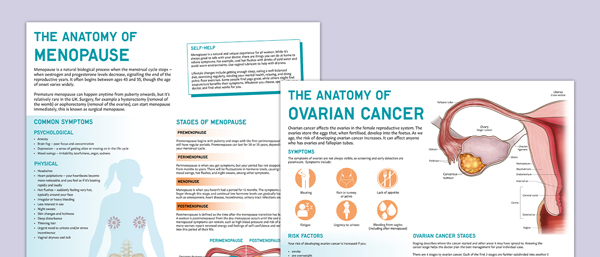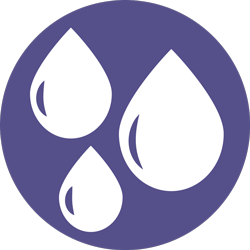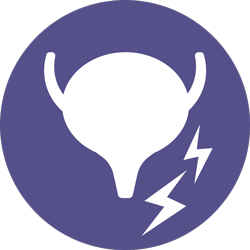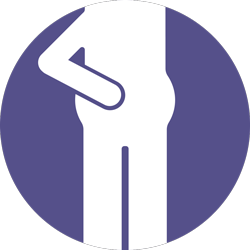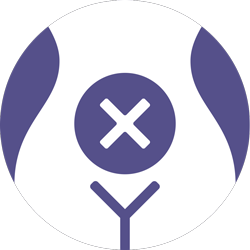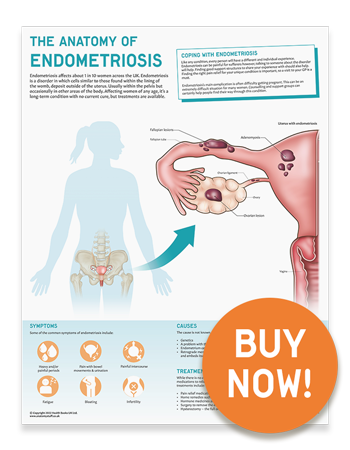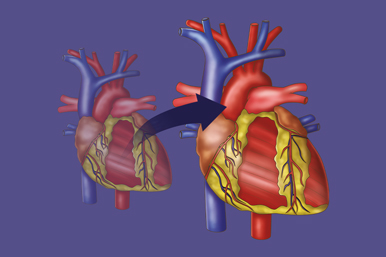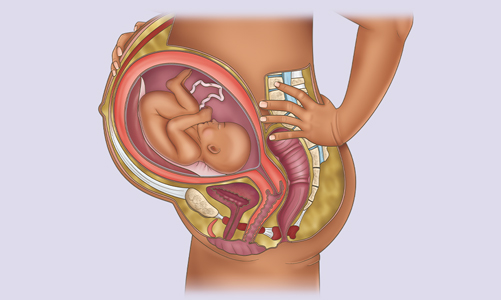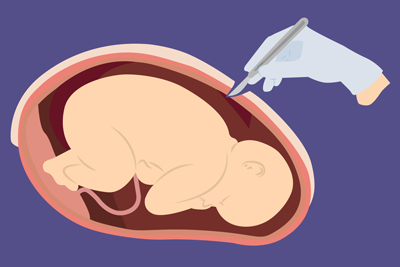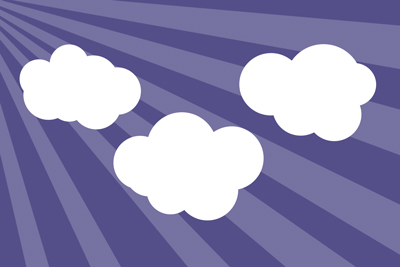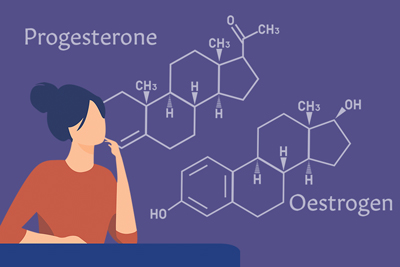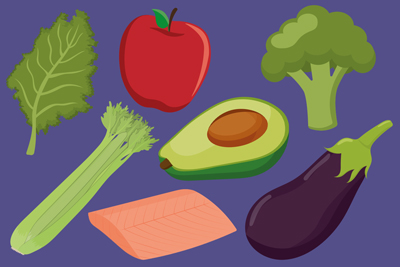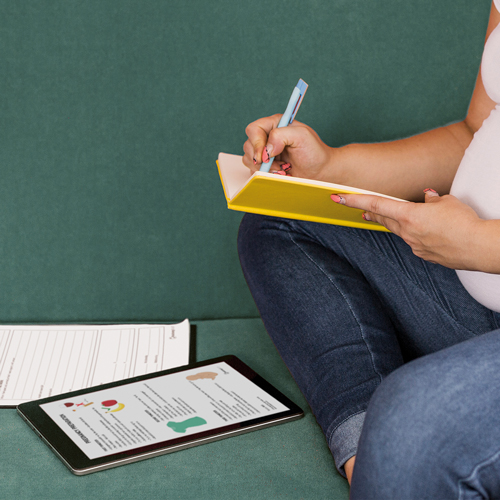Female Reproductive Anatomy
The female reproductive anatomy consists of organs like the ovaries, fallopian tubes, uterus, cervix, and vagina. These organs work together to allow for reproduction and childbirth. Hormones like oestrogen and progesterone regulate menstrual cycles and pregnancy. Understanding this anatomy can help women make informed choices about their reproductive health.
The pelvic floor muscles are a group of muscles that support the pelvic organs, including the bladder, uterus, and rectum. These muscles can weaken due to pregnancy, childbirth, ageing, or certain medical conditions, leading to problems like urinary incontinence or pelvic organ prolapse. Strengthening these muscles through exercises like kegels can help improve bladder control and overall pelvic health.
HPV & Cervical Cancer
What do you know about Cervical Cancer?
Cervical cancer is a type of cancer that develops in the cells of the cervix, the lower part of the uterus that connects to the vagina. Most cases of cervical cancer are caused by human papillomavirus (HPV) infection, which is transmitted through sexual contact.
Symptoms may include abnormal vaginal bleeding, pain during intercourse, or pelvic pain. Regular cervical screening can detect abnormalities within the cells of the cervix before they turn cancerous.
Treatment options may include surgery, radiation therapy, or chemotherapy, depending on the stage and severity of the cancer. HPV vaccination can also help prevent cervical cancer.
Approximately 75% of cervical cancers are preventable with a smear test!
As part of our exclusive patient education series, our charts, handouts, digital downloads, and free resources are grounded in evidence and illustrated beautifully by our medical illustrators.
Endometriosis
Know the Symptoms of Endometriosis
Endometriosis is a condition in which tissue similar to the lining of the uterus, called the endometrium, grows outside the uterus, often on the ovaries, fallopian tubes, or other organs in the pelvic region. The tissue can cause inflammation, scarring, and pain. Common symptoms include severe menstrual cramps, chronic pelvic pain, painful intercourse, and infertility.
The cause of endometriosis is not fully understood, but it may be related to hormonal imbalances or genetic factors. Diagnosis typically involves a physical exam, imaging tests, and sometimes laparoscopic surgery.
Treatment options may include pain medication, hormone therapy, or surgery to remove the abnormal tissue. Endometriosis can significantly impact a person's quality of life and may lead to fertility problems. It is estimated to affect up to 10% of reproductive-aged women. Awareness of the condition and early detection and treatment can help manage symptoms and improve outcomes.
Discover more about Endometriosis with our new patient education chart, medically reviewed by Mr Nicholas Dixon, MbchB MRCOG, Specialist Trainee Obstetrics and Gynaecology.
Pregnancy & Antenatal Support
Life-changing events don’t get much bigger than pregnancy, and we don’t always know what to expect. We’ve created valuable tools to help prepare for pregnancy. Our article, Pregnancy – what to expect, is an insightful guide on preparing for pregnancy.
After a C-section, it is important to rest and avoid heavy lifting for several weeks. Pain medication can help manage discomfort. Manage the incision as per health professionals' instructions to prevent infection. Breastfeeding, walking, and gentle exercises can aid in recovery.
Losing a baby can be a devastating experience, and coping may involve seeking support from loved ones, a therapist, or a support group. Taking time to grieve, practising self-care, and finding ways to honour your baby are helpful.
Understanding hormones can help women better manage their health. Hormonal changes can impact mood, energy levels, and physical symptoms. Learning about hormone imbalances can help women address any health concerns.
Healthy eating during pregnancy is important for the health of the mother and baby. Eating a diet of fruits, vegetables, lean protein, and whole grains can provide essential nutrients. Avoiding certain foods can also reduce the risk of complications.
Look through our informative printable pack to support and empower expectant mothers, with a range of topics covered, from well-being plans to a variety of mindfulness exercises.






